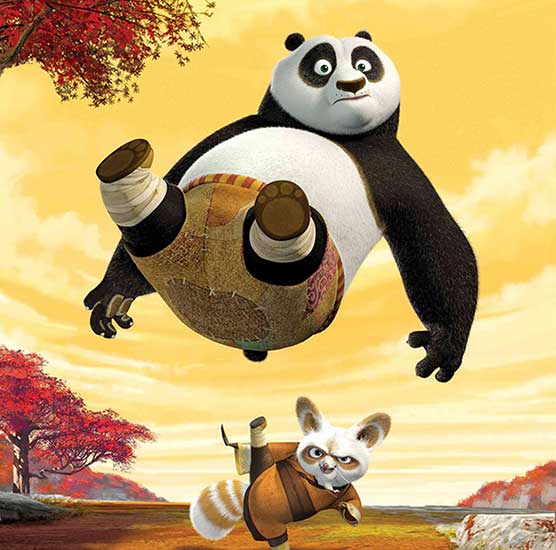 |
|
[Photo provided to China Daily] |
The movie, adapted from French writer and pioneering aviator Antoine de Saint-Exupery's namesake novella, was released in the Chinese mainland in October.
"I love stop-motion! It reminds me of my childhood," says Osborne, in a hotel near White Horse Lake in southeastern Hangzhou.
Osborne says when he first saw stop-motion film shooting as an animation student in California in the early 1990s, he was fascinated by the technique and thought it was magical.
"Film is a sort of magic. But to me, stop-motion is the most magical part of the dream world. When these dolls made by human hands move by themselves, it is pure magic," he says.
"CGI can be too perfect sometimes. But stop-motion gives you something that is imperfect. It gives you poetry and a quality that cannot be created using a computer."Stop motion is an animation technique that manipulates a puppet or object to make it look like it is moving on its own.
Besides The Little Prince-which recreates the title role's fantasy universe through stop motion-Osborne's More is also made purely by stop-motion.
The 1998 short film, which centers on a young inventor's encounter with capitalism, was screened at more than 150 film festivals across the world and gained an Oscar nomination for best animation short in 1999.
His other Oscar nomination was Kung Fu Panda, which he co-directed with John Stevenson.
|
|
|
|
|
|
|
|
